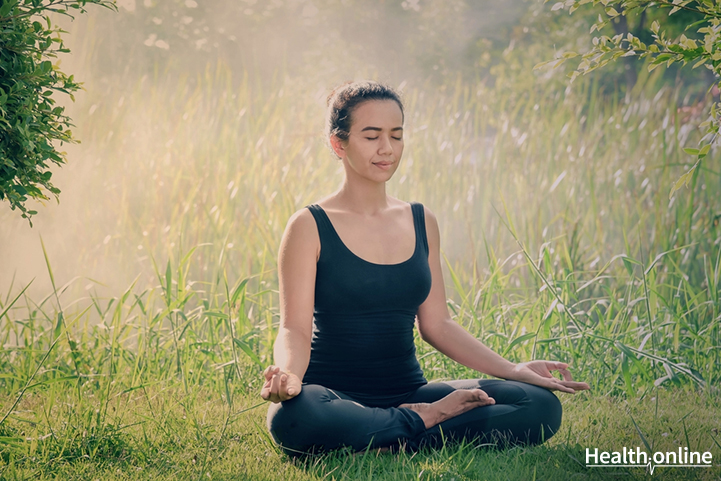
The Search for Inner Peace Through Yoga
Yoga is now a multi-billion dollar industry all over the world. In the US, a yoga studio is as much a part of the scenery as a McDonald’s. A 2016 estimate pegged the number of yoga practitioners in the US at 36.7 million. Gwyneth Paltrow does yoga, and so does Lebron James. It wouldn’t be too difficult to find many CEOs in the Bay Area who do yoga too. There is also a very marketable story that backs up the new place that yoga has found in the American cultural landscape. The story of an esoteric practice from pre-historic India that has spread through a materialistic modern culture and has the power to connect us to what is fundamentally human in us, or as Master Shifu puts it in Kung Fu Panda: “Inner Peace”.
Yoga and inner peace
In its original form, yoga had no place for contortions and poses and was based on a belief system. There are those who still swear by the same two millennia old ideas even today. The idea of pursuing inner peace is itself a new import into yoga, as are most of the asanas or poses we consider integral to yogic practice. Our ideas of inner peace are drawn largely from modern medical ideas around psychological disorders like anxiety and stress. For those who think of inner peace as the prehistoric idea yoga was born with, a completely different and longer discussion is needed. So if inner peace implies an absence of the psycho-social problems mentioned earlier, is yoga a viable solution or path to attaining inner peace?
A healthy body means a healthy mind
In the current American understanding of yoga, there is a clear duality of its performance and effects. Yogic practice is supposed to work at the physical and mental level and show benefits in both these spheres. In the physical sense, the asanas form the major part of yoga. For a person who doesn’t exercise much every day and probably suffers from many ailments, the early physical benefits of yoga are undeniable, but the incremental effects taper off soon enough. Any regular physical practice will tend to stave off at least some chronic musculoskeletal ailments. One part of your body that yoga has a better effect on that any other kind of exercise is the spine, a regular yoga practitioner will have a healthier back than most. A healthy back and a supple overall frame, something yoga practitioners will develop over years of practice, can have a knock on psychological benefits, and a healthier body leads to a less stressed out individual. Incorporating asanas that target the spine (under expert guidance) is always advisable for athletes and office-goers. Another assured benefit of yoga is the increased oxygenation and stronger digestive system that a practitioner can get as a result of the elaborate system of pranayama (breathing cycles) and bandhas (glottal/diaphragmatic/sphincter stops).
The path to inner peace
The other side of the claimed positive effects of yoga range from spiritual to psychological benefits. In terms of psychological benefits, there are many studies that point to reduced stress and anxiety due to yoga. However, there are many studies that link such benefits to exercise in general. One of the core principles of yoga is the interdependence of a person’s state of mind and their physical being. In this sense, as the asanas (poses), pranayama and bandhas improve overall health, this will lead to a healthier psychological state for practitioners. Even if we were to reject most of the archaic metaphysics behind yoga and stick to some of the modern interpretations of what yoga can and does do, there can be a whole host of benefits that can help a practitioner cut a path towards ‘inner peace’ in a loosely defined sense.




